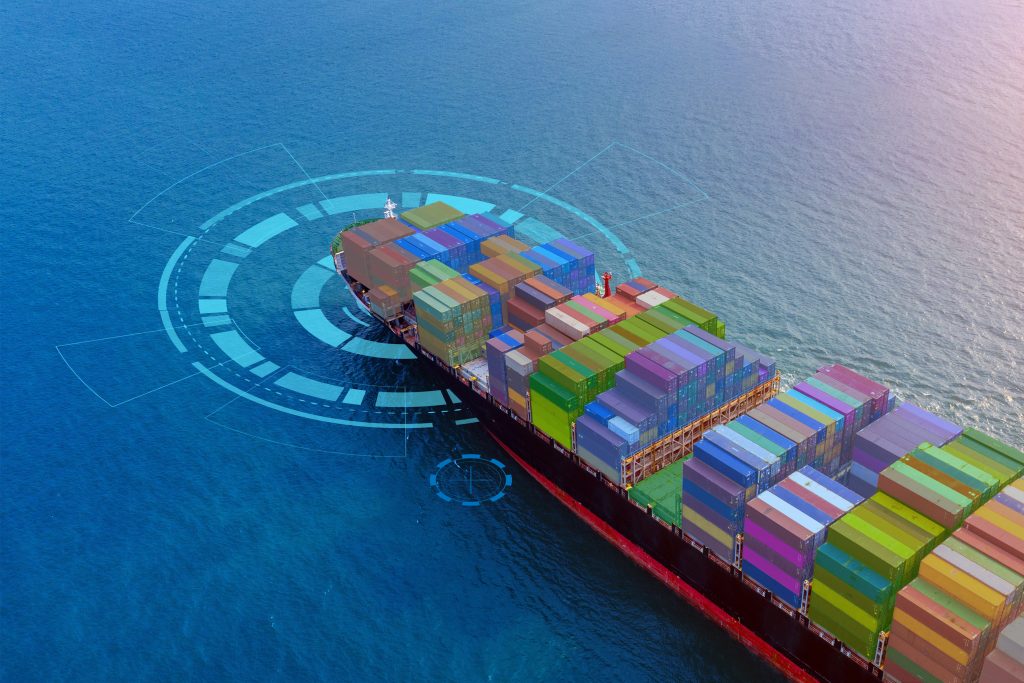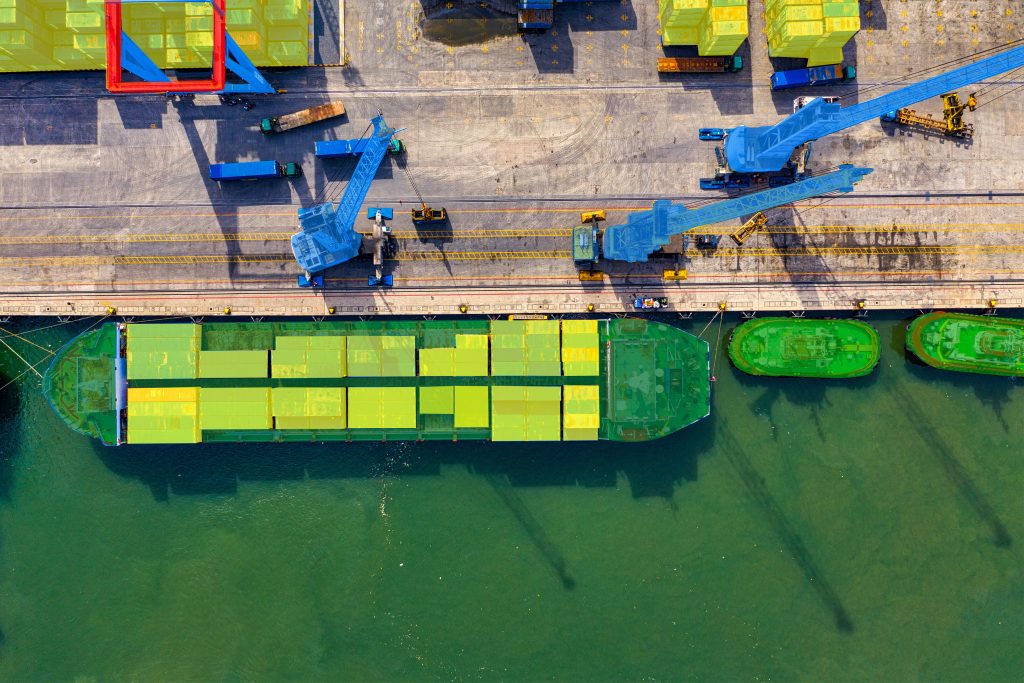
The shipping industry is one of the most vital in the world today. The industry is responsible for transporting the vast majority of goods that are trading internationally. Without shipping, the whole economy would come to a halt. The sector transports more than 95% of global trade by volume and employs millions of people worldwide, both directly and indirectly. This encompasses jobs in shipbuilding, ship maintenance, port operations, logistics, etc.
“AI will fuel the shipping industry in the future, and the sector is already beginning to experience benefits.”
Yes, artificial intelligence is the key to making shipping more sustainable, and the industry is committed to implementing this technology to reduce emissions and protect the environment. The application of AI technology in the maritime sector has advanced and changed throughout time. Let’s examine how AI is revolutionizing the shipping industry in detail.
Autonomous Ship Control System
AI enables autonomous shipping and other remarkable advancements in the shipping sector. These ships navigate and make choices autonomously using a combination of sensors, cameras, and other technologies.
The Autonomous Ship Control System is a cutting-edge technology that enables ships to operate unmanned or partially unmanned. It combines cutting-edge artificial intelligence, sensors, communication systems, and complex algorithms to autonomously steer, operate, and manage diverse ship operations. The sensors inform the system about the ship’s surroundings, such as its position, speed, and heading. GPS receivers, radar, lidar, and cameras are all examples of sensors. They can include the engine, rudder, and propellers of the ship.
Autonomous ships could be more efficient than human-manned ships. This is due to the system’s ability to optimize the ship’s path and speed. Reducing the need for human personnel reduces operating expenses. This may result in less fuel usage, fewer accidents, and less downtime. Let’s discuss some other examples to clarify the role of AI in this sector.
Vessel Maintenance
By analyzing data from sensors and past maintenance records, AI can estimate maintenance needs for transport boats. The shipping industry can benefit from increased automation, improved safety, and more efficient operations through the integration of AI and data labeling.
Cargo Optimisation
AI algorithms utilize to optimize cargo loading and unloading procedures. Also guaranteeing the optimum use of available space and balancing weight distribution for safety and stability. AI-powered solutions can assist shipping businesses in optimizing cargo loading on vessels by analyzing data on cargo weight, volume, vessel stability, and port infrastructure. This can help to reduce the danger of cargo damage, increase efficiency and reduce the risk of cargo loss.
- In the shipping industry, companies are using AI to optimize shipping routes, thereby reducing fuel consumption and emissions. They achieve this by analyzing data on weather, traffic, and port congestion to identify the most efficient routes.
- Using AI to plan ship maintenance ensures cutting emissions by ensuring that equipment is adequately maintained. They accomplish this by analyzing data on equipment performance to identify potential problems before they cause an event.
- Artificial intelligence is used to control ballast water, which is water carried on board ships to improve stability. Ballast water can include invasive species, thus it must be managed properly.
- AI is used to track the location of ballast water, identify potential risks, and build mitigation solutions.
The opportunity to create new systems that can assist humans in operating vessels more safely and effectively is expanding as the maritime industry improves its big data capabilities.
These are some of the applications influenced by AI. AI developers need to train AI algorithms on large amounts of data to enable them to make accurate decisions in the shipping industry.
Significant High-quality Data Labeling
The application of AI in the shipping industry effectively requires data. AI models trained on image data to recognize things in the sea, such as other ships, buoys, and landmasses. Also, using video footage to train AI models to follow the movement of marine items such as ships and cargo. Sensor data can be used to train artificial intelligence models to monitor the functioning of ships and their equipment, such as engines and navigation systems. Companies use text data to train AI models for understanding and responding to natural language requests, such as those encountered in voice-activated shipping apps.
By providing accurate and detailed labels, data labeling companies help to train AI models that are using for a variety of tasks. Data labeling helps in training AI models to recognize different types of documents and extract relevant information accurately. By providing high-quality data labels, data labeling companies are helping to ensure that the shipping industry can benefit from the latest AI advances.

In the case of vessel maintenance, Data labeling aids in categorizing maintenance occurrences, recognizing patterns, and forecasting prospective difficulties to save failures and downtime.
Through perfect data labeling, we can identify and categorize data items in a way that an AI model can understand. Data labeling in this context could mean identifying ships in photographs, categorizing meteorological conditions, or estimating the location of a vessel for correct maintenance.
Here Is the Conclusion
The rise of artificial intelligence as a crucial technology for digital transformation has opened the door to a wide range of applications in the shipping sector, allowing companies to increase productivity and scale up operations.